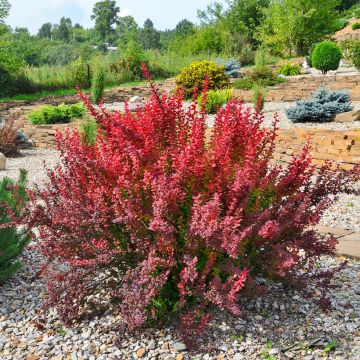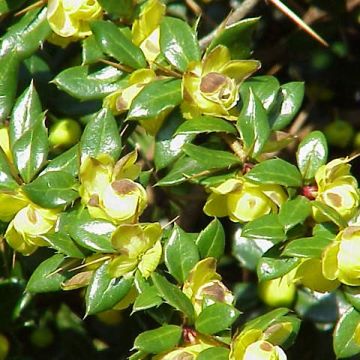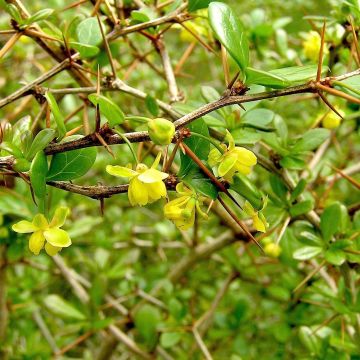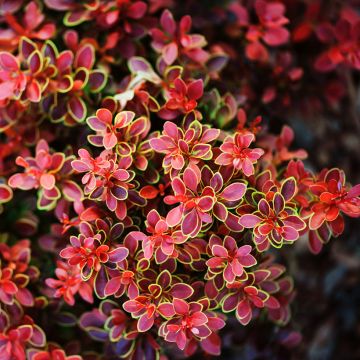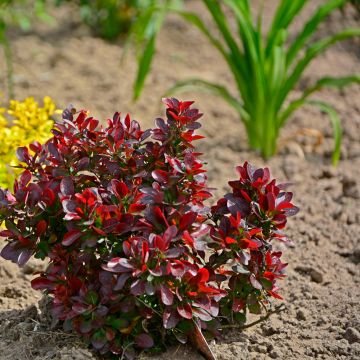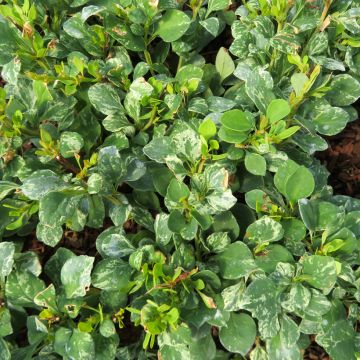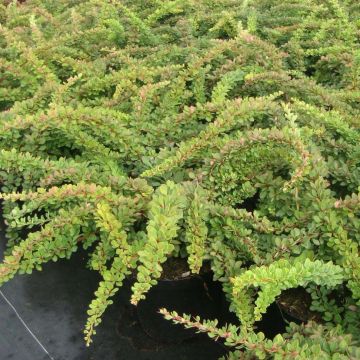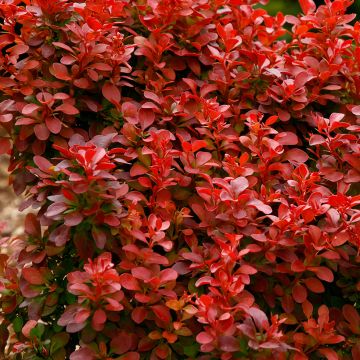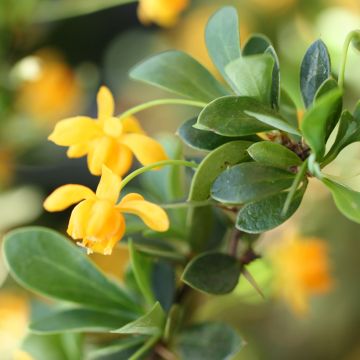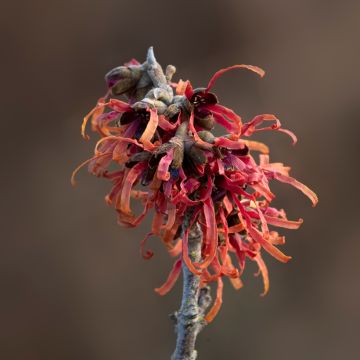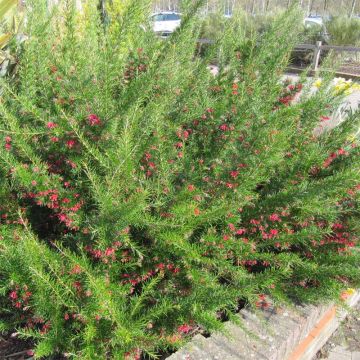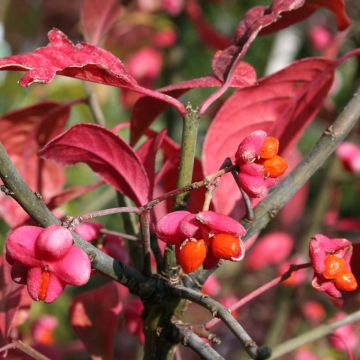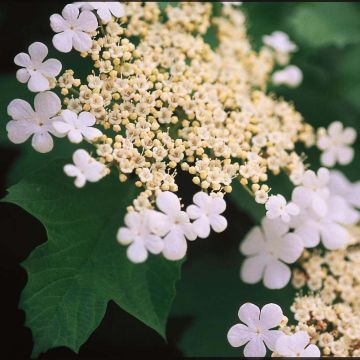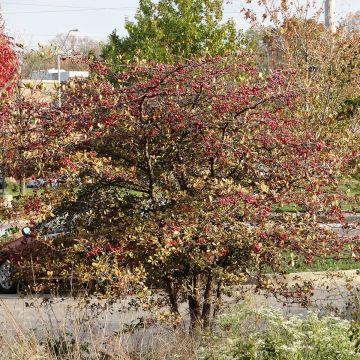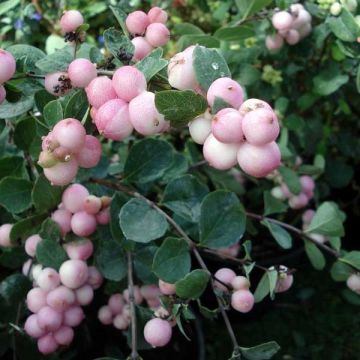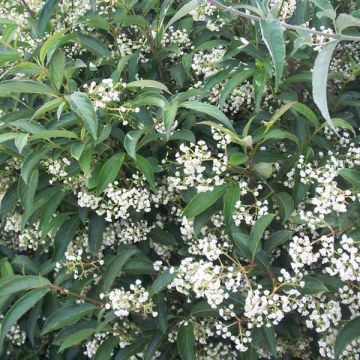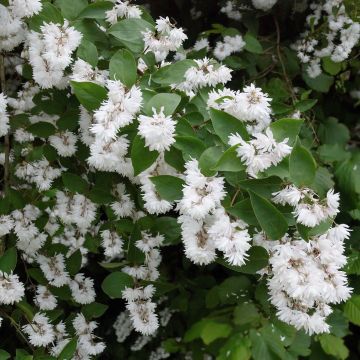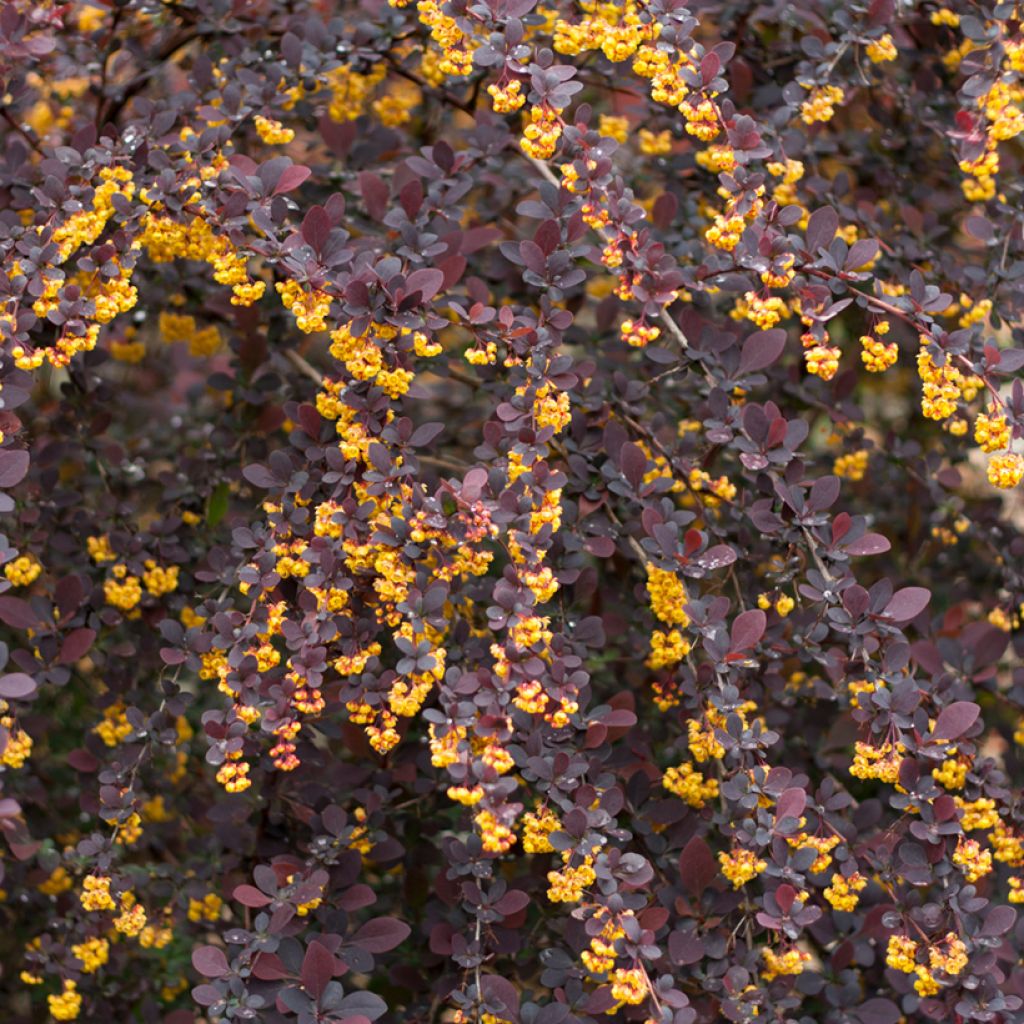

Berberis ottawensis Superba - Barberry
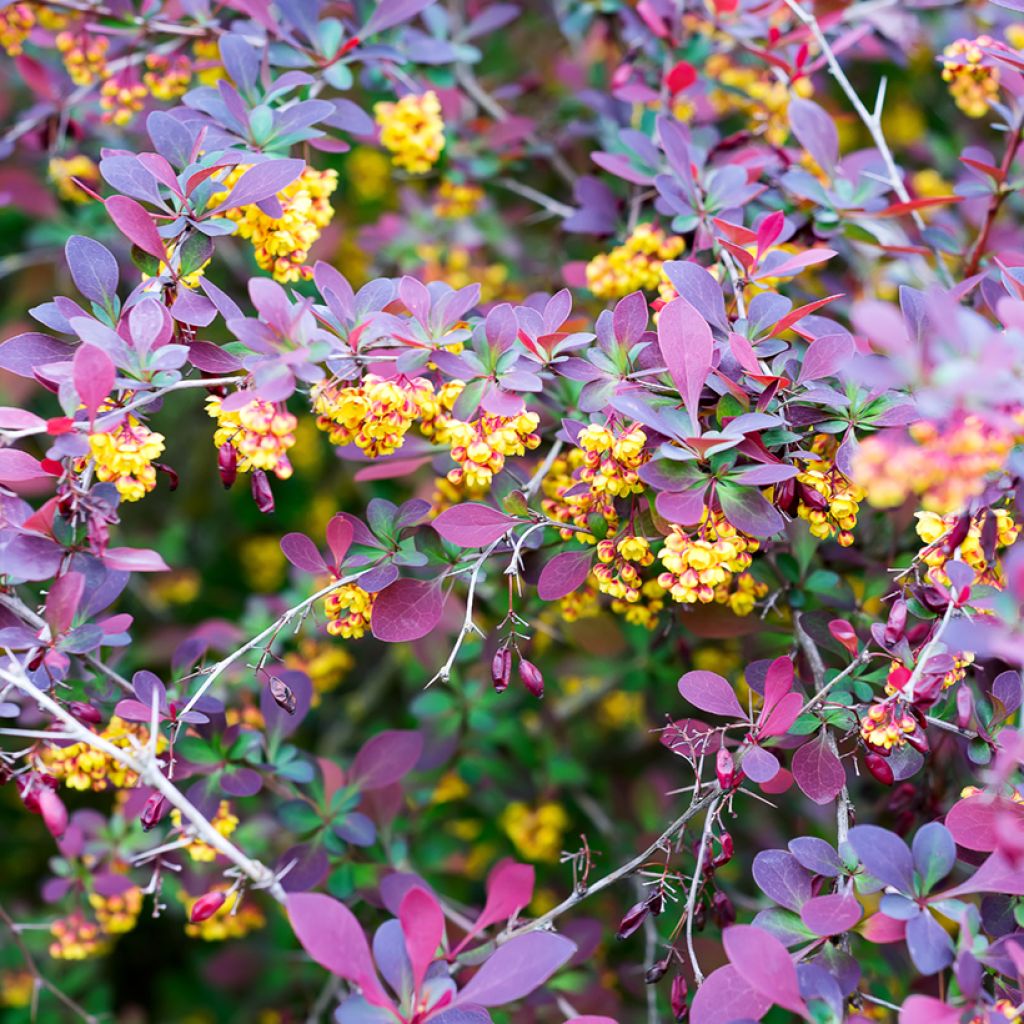

Berberis ottawensis Superba - Barberry
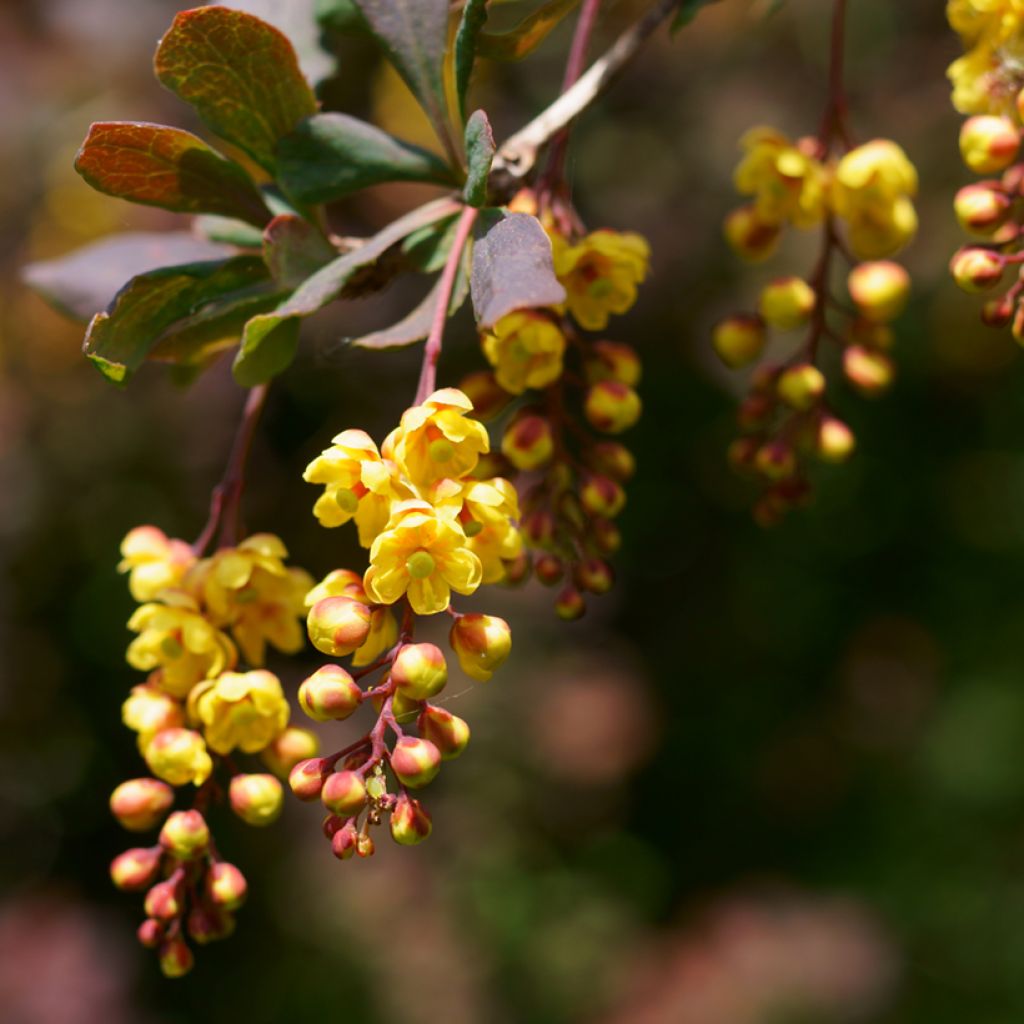

Berberis ottawensis Superba - Barberry
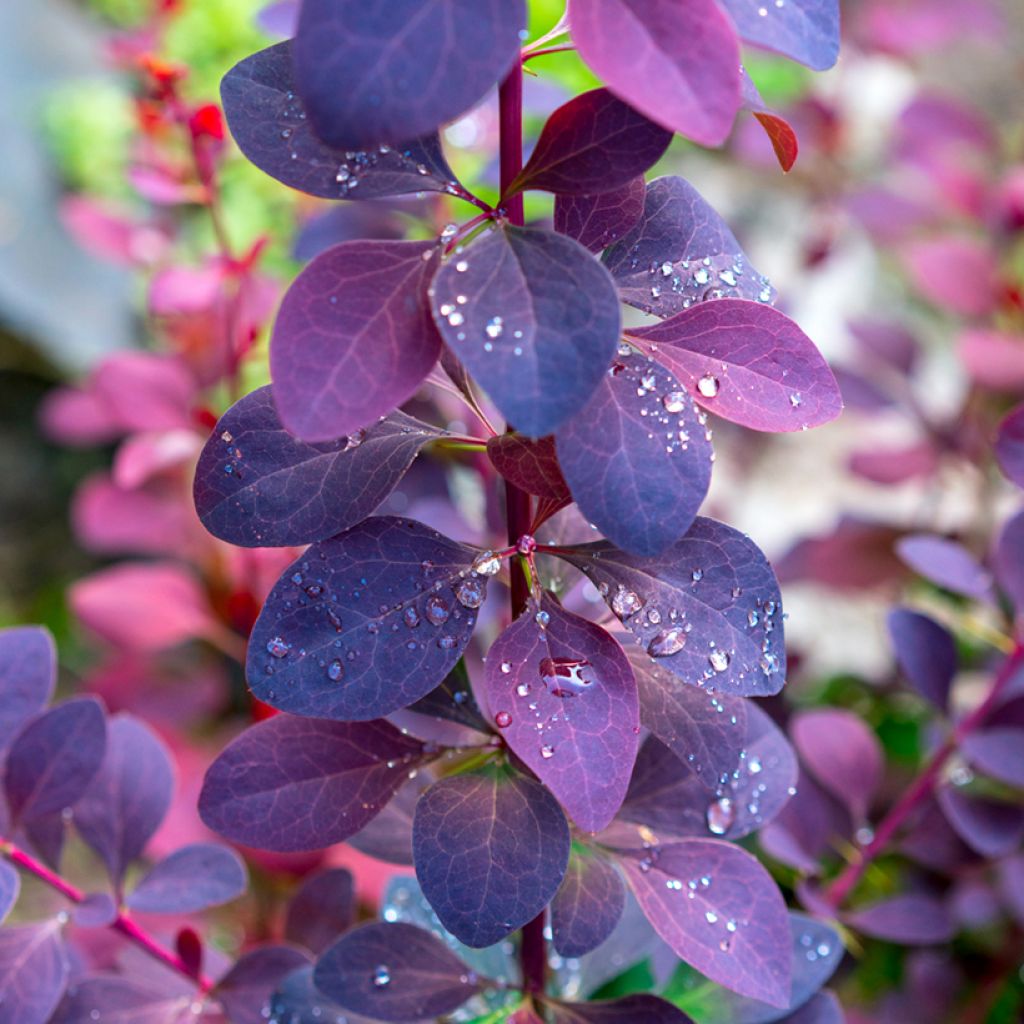

Berberis ottawensis Superba - Barberry
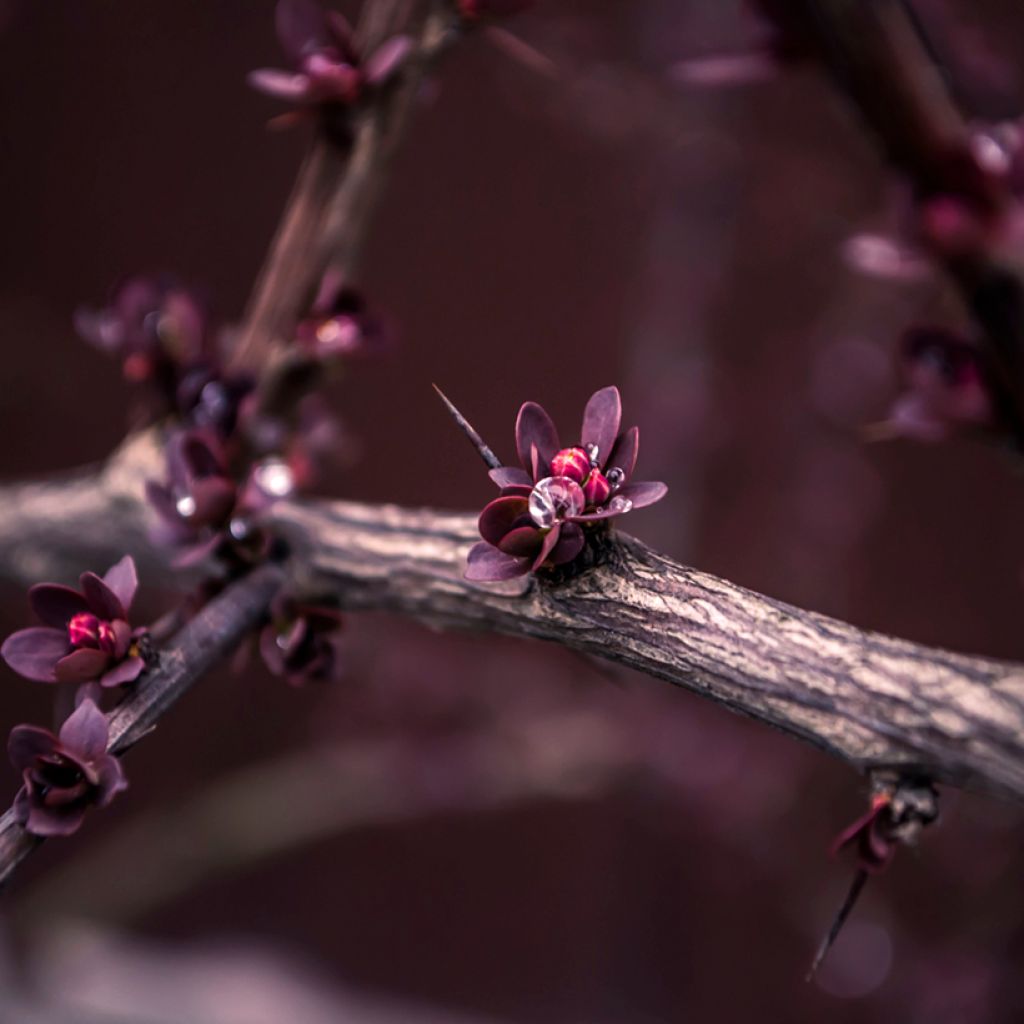

Berberis ottawensis Superba - Barberry
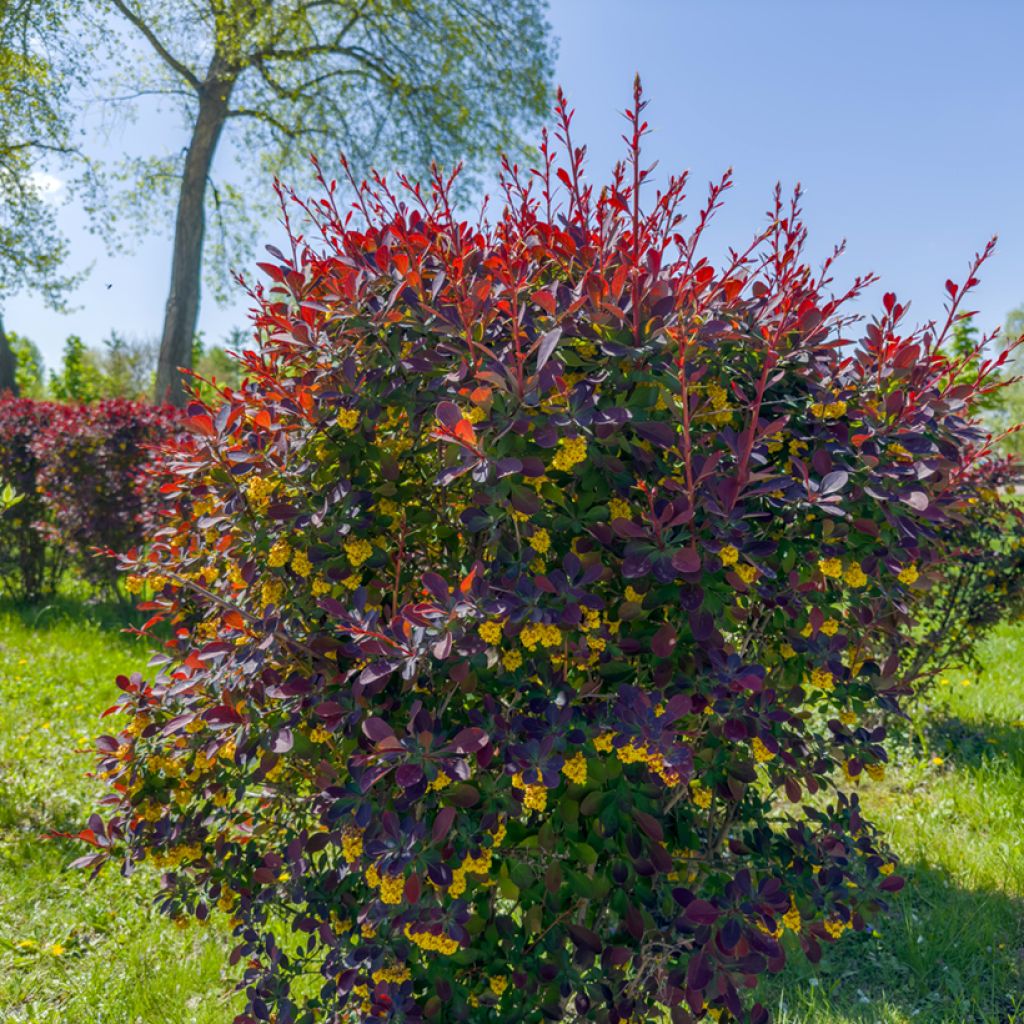

Berberis ottawensis Superba - Barberry
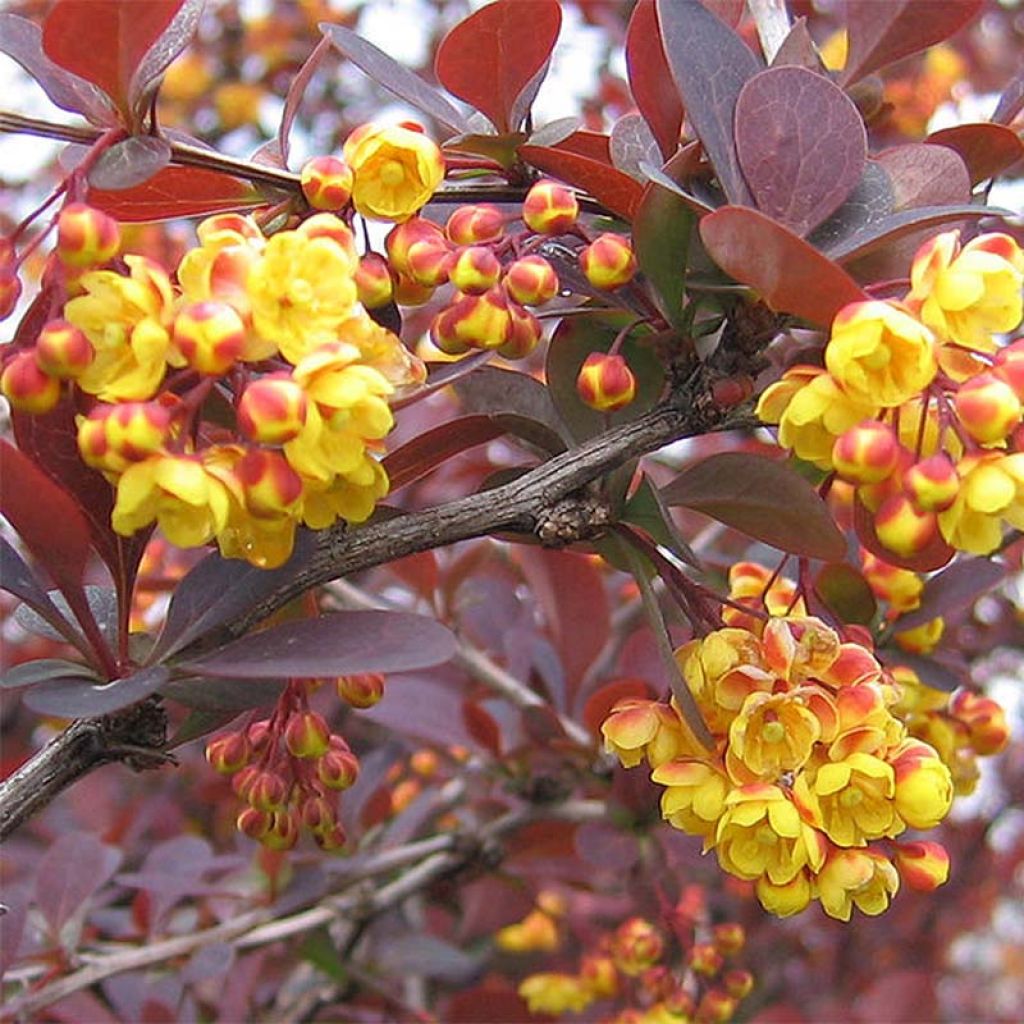

Berberis ottawensis Superba - Barberry
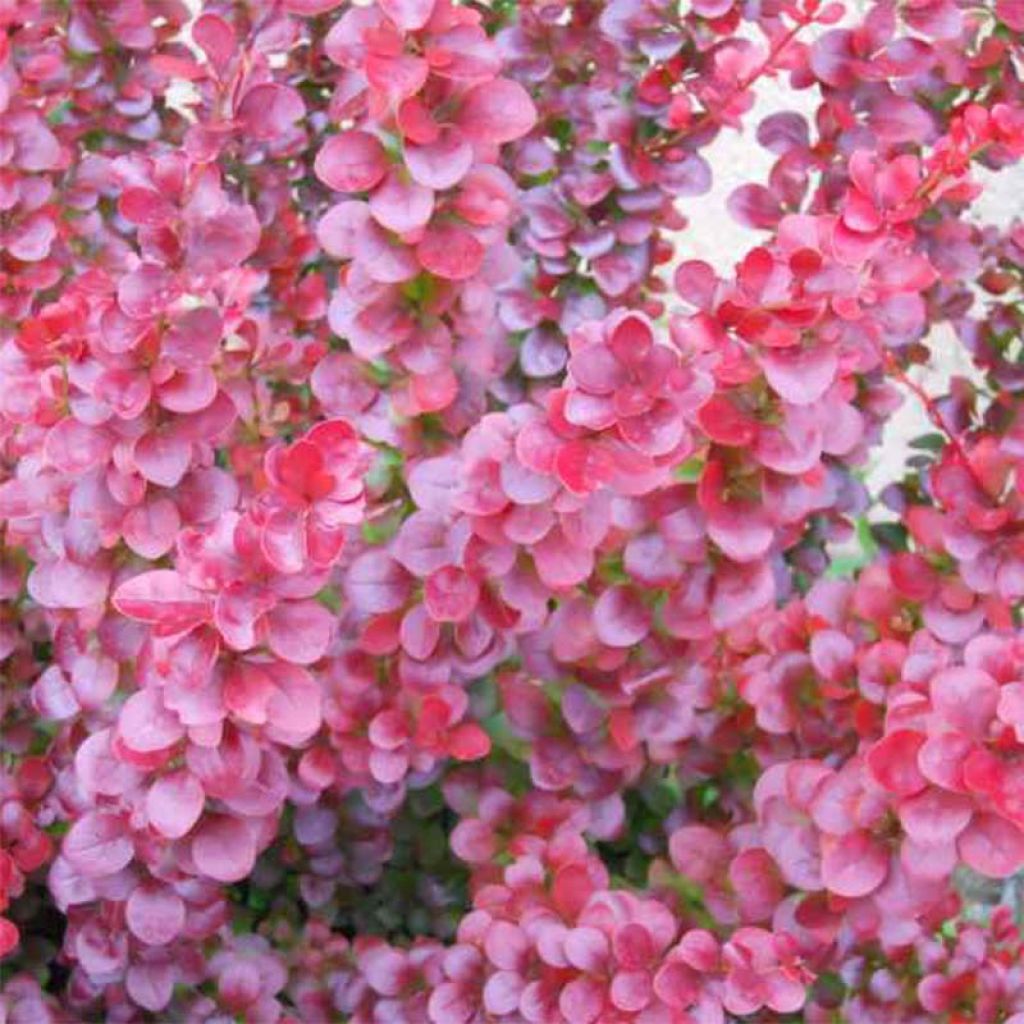

Berberis ottawensis Superba - Barberry
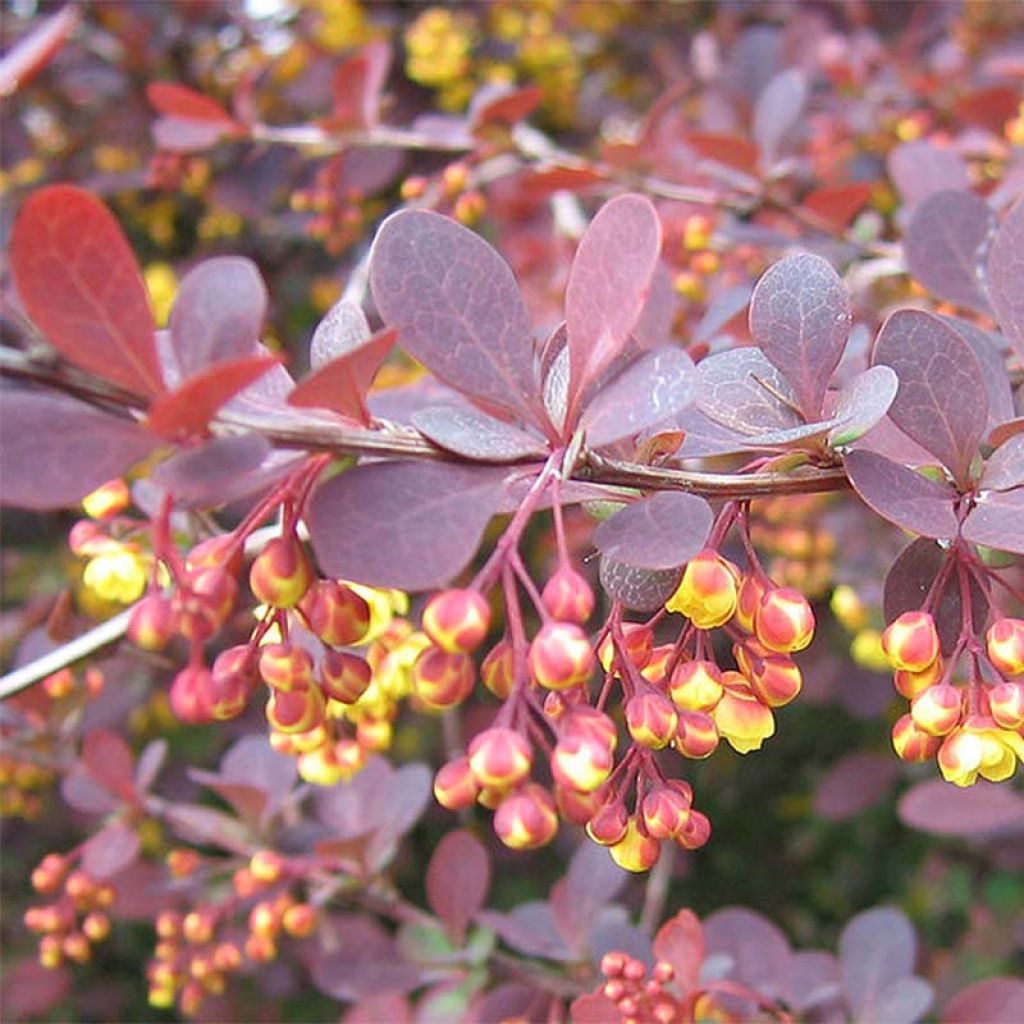

Berberis ottawensis Superba - Barberry
Berberis ottawensis Superba - Barberry
Berberis ottawensis Superba
Barberry, American Barberry
Received well packaged and in great shape. Very beautiful cultivar. Rapid and vigorous growth.
BobAin, 23/09/2024
This item cannot be shipped to the selected country
Delivery charge from €5.90
Delivery charge from €5.90
More information
Schedule delivery date,
and select date in basket
This plant carries a 24 months recovery warranty
More information
We guarantee the quality of our plants for a full growing cycle, and will replace at our expense any plant that fails to recover under normal climatic and planting conditions.
From €5.90 for pickup delivery and €6.90 for home delivery
Express home delivery from €8.90.
From €5.90 for pickup delivery and €6.90 for home delivery
Express home delivery from €8.90.

Does this plant fit my garden?
Set up your Plantfit profile →
Description
The Berberis ottawensis "Superba" is a variety of hybrid Barberry particularly vigorous and remarkably coloured. Forming an impenetrable mass, this bush with arching and thorny branches bears magnificent foliage from spring to autumn. Purplish-violet until summer, it welcomes in spring by hanging clusters of small yellow flowers that shine on its dark leaves, then in autumn small bright red berries, nestled in its now crimson red mass. Up close or from afar, exposed in isolation or associated in a hedge, this superb deciduous barberry animates the garden until late in the season. Requiring little care, it thrives in full sun or partial shade, in any soil that is not too dry.
The Berberis x ottawensis is a hybrid barberry of origin, resulting from a crossbreeding carried out in the 19th century between the Berberis thunbergii, native to Japan, and the Berberis vulgaris, native to Western Asia, Southern and Central Europe. The cultivar "Superba", sometimes marketed under the name Berberis thunbergii "Atropurpurea Superba", like its ancestors, is a bush of the berberidaceae family. The Royal Horticultural Society awarded this plant for its exceptional ornamental qualities and its performance in the garden. It is characterized by a bushy and flexible habit, rather spread out, in a very dense dome, and deciduous foliage. Its branches, initially erect then arching, covered with a reddish bark, bear simple or trifurcated spines, 1.5 cm (0.6 in) long.
Fast-growing, it will reach an average maturity of 2.50 m (8 ft) in all directions, and will easily develop a little more in width than in height. The slightly arched branches bear foliage composed of small oval leaves, dark purple to violet in bud, slightly pruinose. They darken and turn somewhat green in summer, then take on a magnificent crimson red color in autumn before falling. The flowering in this "Superba" variety is quite abundant in May, softening the somewhat austere overall appearance of this dark and very dense shrub. It appears in the form of hanging clusters of 10 or more small flowers, scattered here and there among the dark foliage, their respective colours creating a pleasant contrast. The bell-shaped flowers, 1 cm (0.4 in) long, are a pale yellow tinged with purple. They appear on the previous year's shoots. They are nectariferous flowers, appreciated by pollinating insects. They are followed in September-October by small elongated fruits of a very bright red. They measure from 6 to 8 mm (0.3 in) in length and persist part of the winter. Note that this variety can, depending on the conditions, be sensitive to certain cryptogamic diseases.
The "Superba Barberry" is ideal for a medium-sized hedge, whether it is free or trimmed. Its spines, quite deterrent, as well as its vigor and impenetrable character, also allow it to be used within a defensive hedge, associated with European or Provence gorse (Ulex parviflorus), Japanese quince, holly, rugosa roses, Poncirus trifoliata or another evergreen barberry, Berberis linearifolia "Orange King". It can also be installed in shrub beds, with forsythias and dwarf abelias ("Abelia Kaleidoscope", "Petite Garden"), or with remontant roses with pink flowers (La France, Pierre de Ronsard) whose flowering it will magnify. It is attractive enough from spring to autumn to be installed in isolation, at the end of a large avenue for example, simply associated with a variegated foliage bush such as the Philadelphus Innocence.
Report an error about the product description
Berberis ottawensis Superba - Barberry in pictures
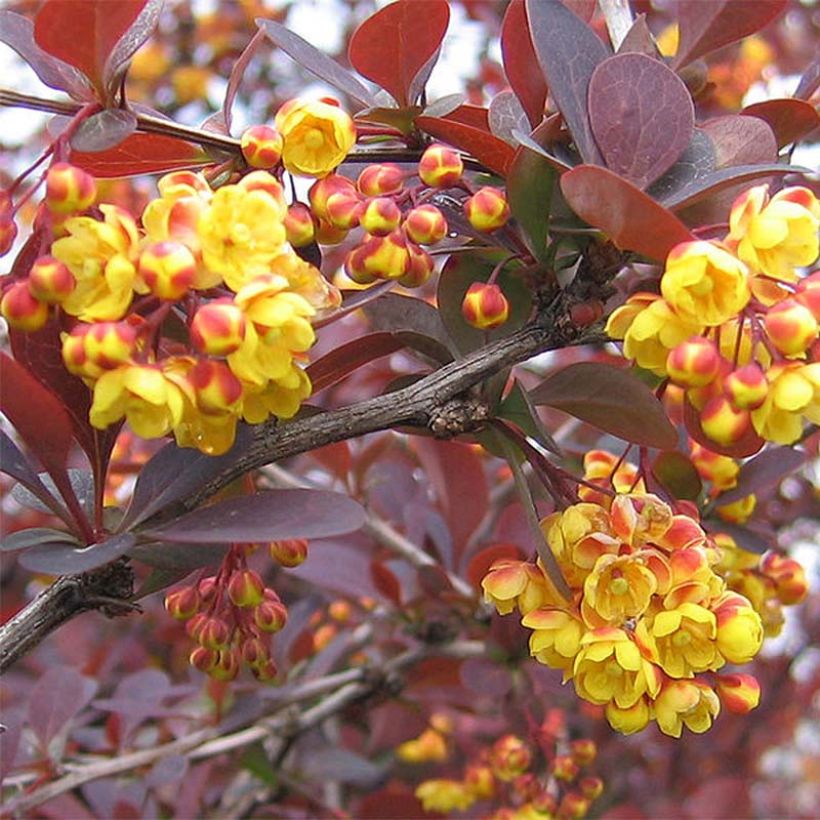

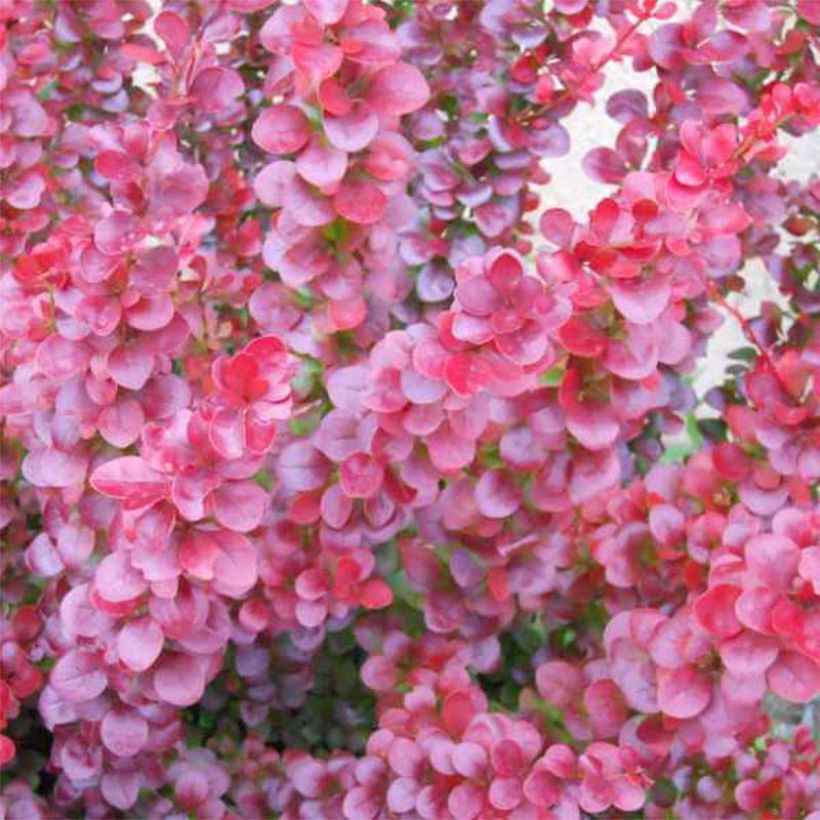



Plant habit
Flowering
Foliage
Botanical data
Berberis
ottawensis
Superba
Berberidaceae
Barberry, American Barberry
Cultivar or hybrid
Other Berberis - Barberries
Planting and care
The Berberis ottawensis "Superba" thrives in full sun or partial shade, with the colours being more intense in the sun. It is a plant that tolerates drought once established as well as harsh winters. Plant it in any type of soil as long as it is well-drained. When planting, the planting hole should be twice the size of the root ball. Space the Berberis about 1 m (3 to 4 ft) apart. Add compost and water it well. It is a bush that tolerates pruning very well. From June to August, after flowering, cut back the spent branches to the level of the young lateral shoots to encourage the growth of new branches. Be careful not to touch the branches with bare hands as they have spines that are difficult to remove once embedded in the skin. Berberis ottawensis "Superba" can be susceptible to powdery mildew and black leaf spots. Aphids can infest it.
Planting period
Intended location
Care
-
, onOrder confirmed
Reply from on Promesse de fleurs
Hedge shrubs
Haven't found what you were looking for?
Hardiness is the lowest winter temperature a plant can endure without suffering serious damage or even dying. However, hardiness is affected by location (a sheltered area, such as a patio), protection (winter cover) and soil type (hardiness is improved by well-drained soil).

Photo Sharing Terms & Conditions
In order to encourage gardeners to interact and share their experiences, Promesse de fleurs offers various media enabling content to be uploaded onto its Site - in particular via the ‘Photo sharing’ module.
The User agrees to refrain from:
- Posting any content that is illegal, prejudicial, insulting, racist, inciteful to hatred, revisionist, contrary to public decency, that infringes on privacy or on the privacy rights of third parties, in particular the publicity rights of persons and goods, intellectual property rights, or the right to privacy.
- Submitting content on behalf of a third party;
- Impersonate the identity of a third party and/or publish any personal information about a third party;
In general, the User undertakes to refrain from any unethical behaviour.
All Content (in particular text, comments, files, images, photos, videos, creative works, etc.), which may be subject to property or intellectual property rights, image or other private rights, shall remain the property of the User, subject to the limited rights granted by the terms of the licence granted by Promesse de fleurs as stated below. Users are at liberty to publish or not to publish such Content on the Site, notably via the ‘Photo Sharing’ facility, and accept that this Content shall be made public and freely accessible, notably on the Internet.
Users further acknowledge, undertake to have ,and guarantee that they hold all necessary rights and permissions to publish such material on the Site, in particular with regard to the legislation in force pertaining to any privacy, property, intellectual property, image, or contractual rights, or rights of any other nature. By publishing such Content on the Site, Users acknowledge accepting full liability as publishers of the Content within the meaning of the law, and grant Promesse de fleurs, free of charge, an inclusive, worldwide licence for the said Content for the entire duration of its publication, including all reproduction, representation, up/downloading, displaying, performing, transmission, and storage rights.
Users also grant permission for their name to be linked to the Content and accept that this link may not always be made available.
By engaging in posting material, Users consent to their Content becoming automatically accessible on the Internet, in particular on other sites and/or blogs and/or web pages of the Promesse de fleurs site, including in particular social pages and the Promesse de fleurs catalogue.
Users may secure the removal of entrusted content free of charge by issuing a simple request via our contact form.
The flowering period indicated on our website applies to countries and regions located in USDA zone 8 (France, the United Kingdom, Ireland, the Netherlands, etc.)
It will vary according to where you live:
- In zones 9 to 10 (Italy, Spain, Greece, etc.), flowering will occur about 2 to 4 weeks earlier.
- In zones 6 to 7 (Germany, Poland, Slovenia, and lower mountainous regions), flowering will be delayed by 2 to 3 weeks.
- In zone 5 (Central Europe, Scandinavia), blooming will be delayed by 3 to 5 weeks.
In temperate climates, pruning of spring-flowering shrubs (forsythia, spireas, etc.) should be done just after flowering.
Pruning of summer-flowering shrubs (Indian Lilac, Perovskia, etc.) can be done in winter or spring.
In cold regions as well as with frost-sensitive plants, avoid pruning too early when severe frosts may still occur.
The planting period indicated on our website applies to countries and regions located in USDA zone 8 (France, United Kingdom, Ireland, Netherlands).
It will vary according to where you live:
- In Mediterranean zones (Marseille, Madrid, Milan, etc.), autumn and winter are the best planting periods.
- In continental zones (Strasbourg, Munich, Vienna, etc.), delay planting by 2 to 3 weeks in spring and bring it forward by 2 to 4 weeks in autumn.
- In mountainous regions (the Alps, Pyrenees, Carpathians, etc.), it is best to plant in late spring (May-June) or late summer (August-September).
The harvesting period indicated on our website applies to countries and regions in USDA zone 8 (France, England, Ireland, the Netherlands).
In colder areas (Scandinavia, Poland, Austria...) fruit and vegetable harvests are likely to be delayed by 3-4 weeks.
In warmer areas (Italy, Spain, Greece, etc.), harvesting will probably take place earlier, depending on weather conditions.
The sowing periods indicated on our website apply to countries and regions within USDA Zone 8 (France, UK, Ireland, Netherlands).
In colder areas (Scandinavia, Poland, Austria...), delay any outdoor sowing by 3-4 weeks, or sow under glass.
In warmer climes (Italy, Spain, Greece, etc.), bring outdoor sowing forward by a few weeks.

































